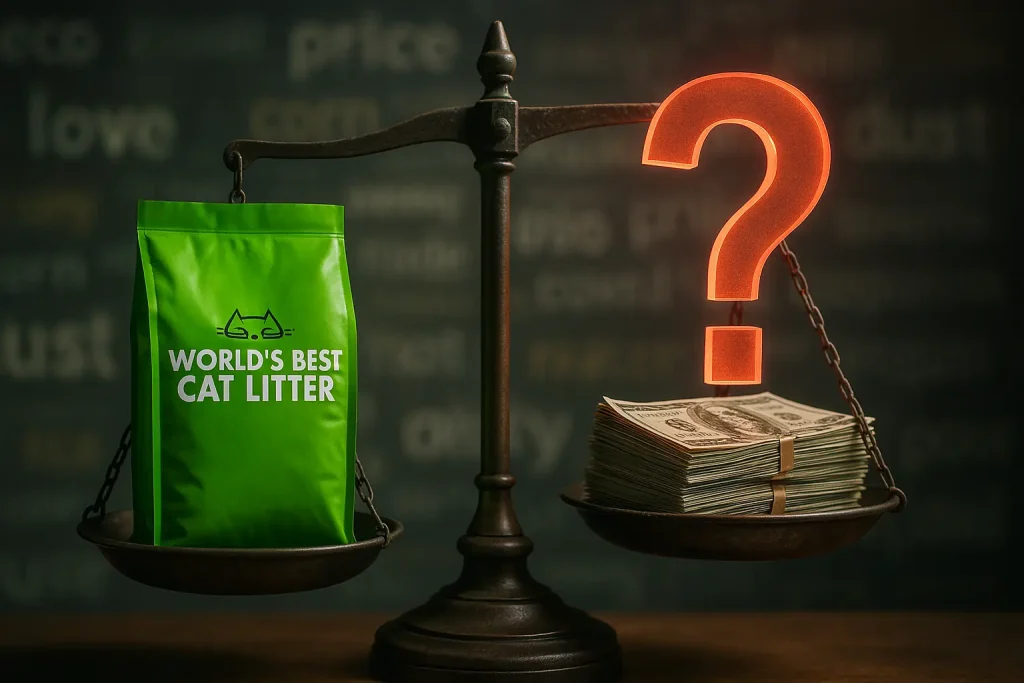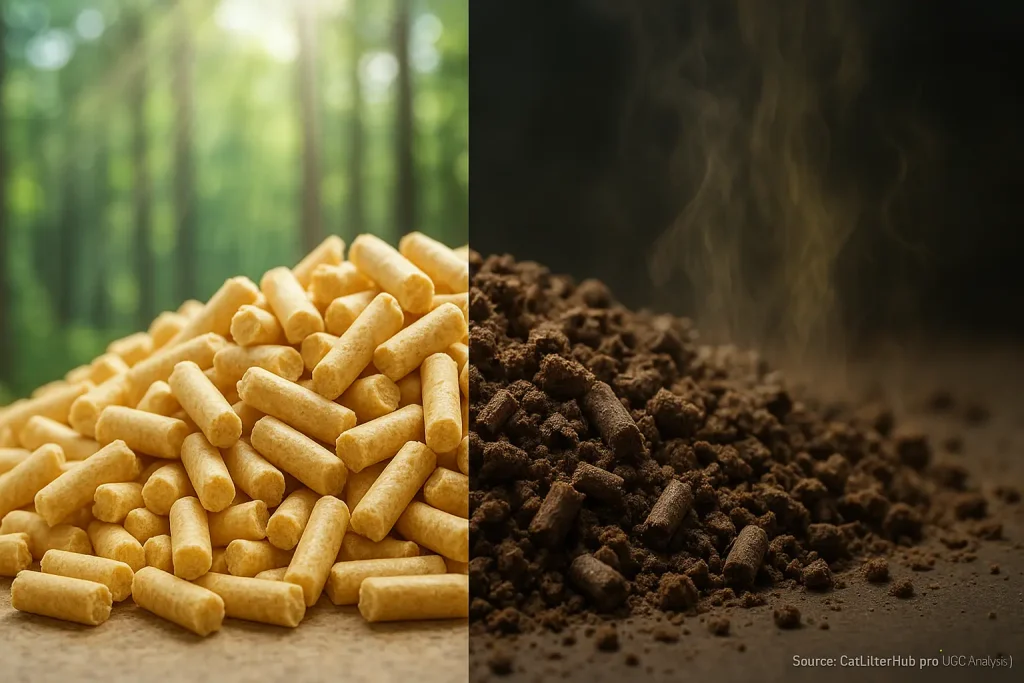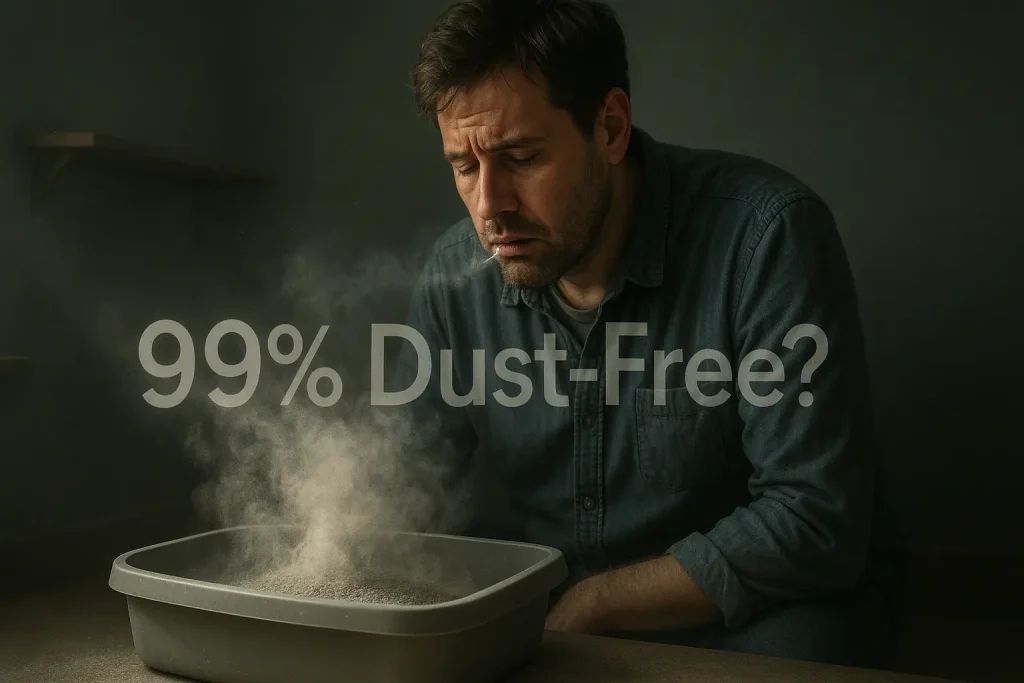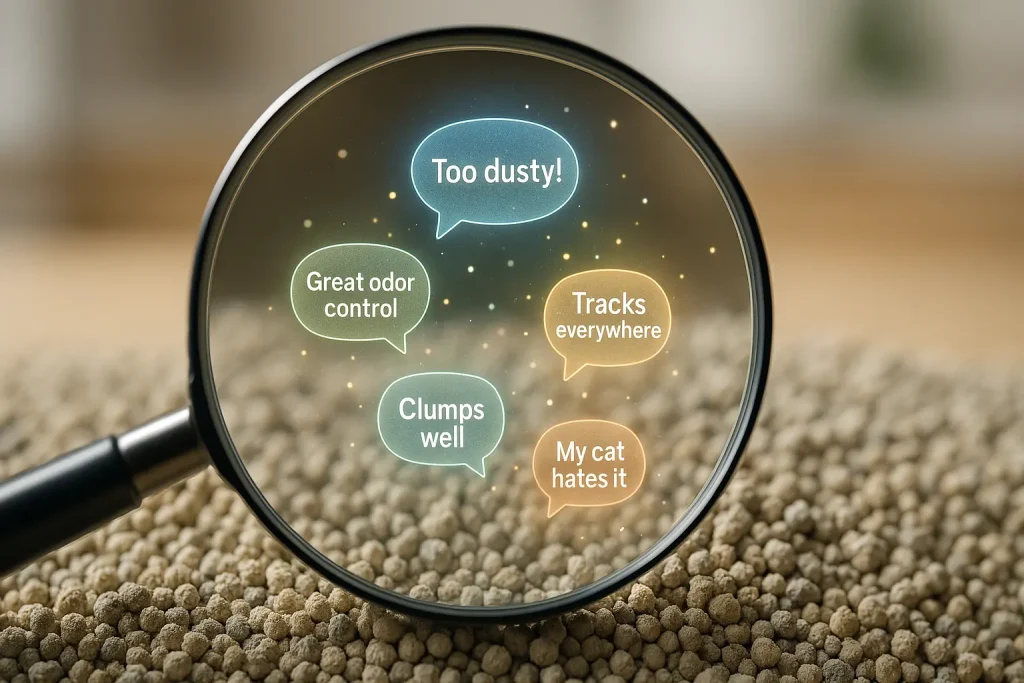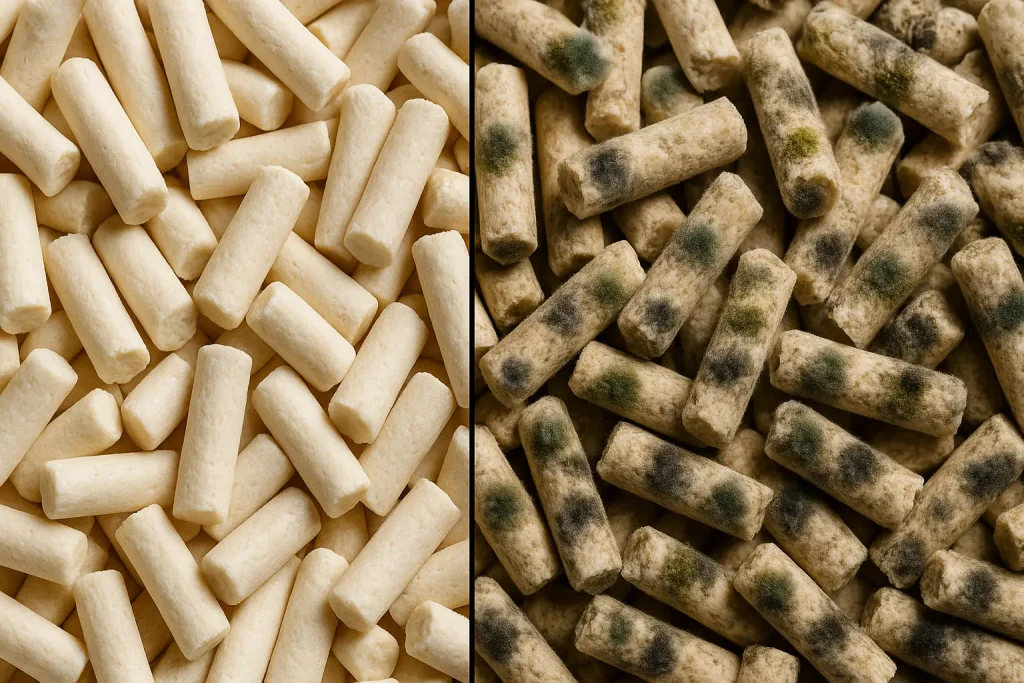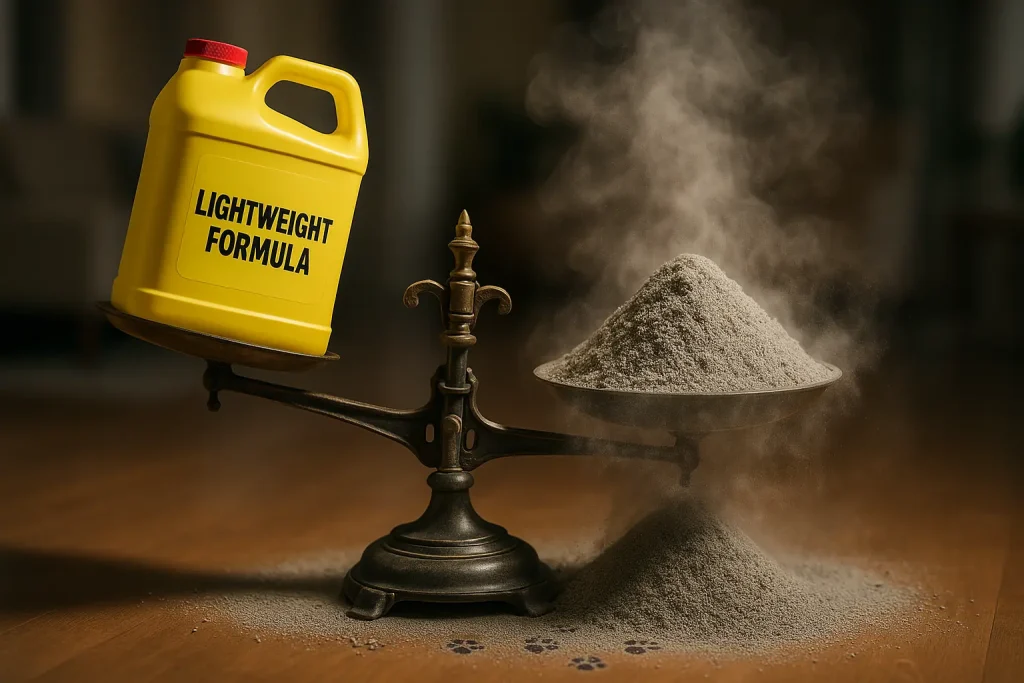Store-Bought Stink Solutions Failing You? Why Cat Owners Get Creative with DIY Deodorizers
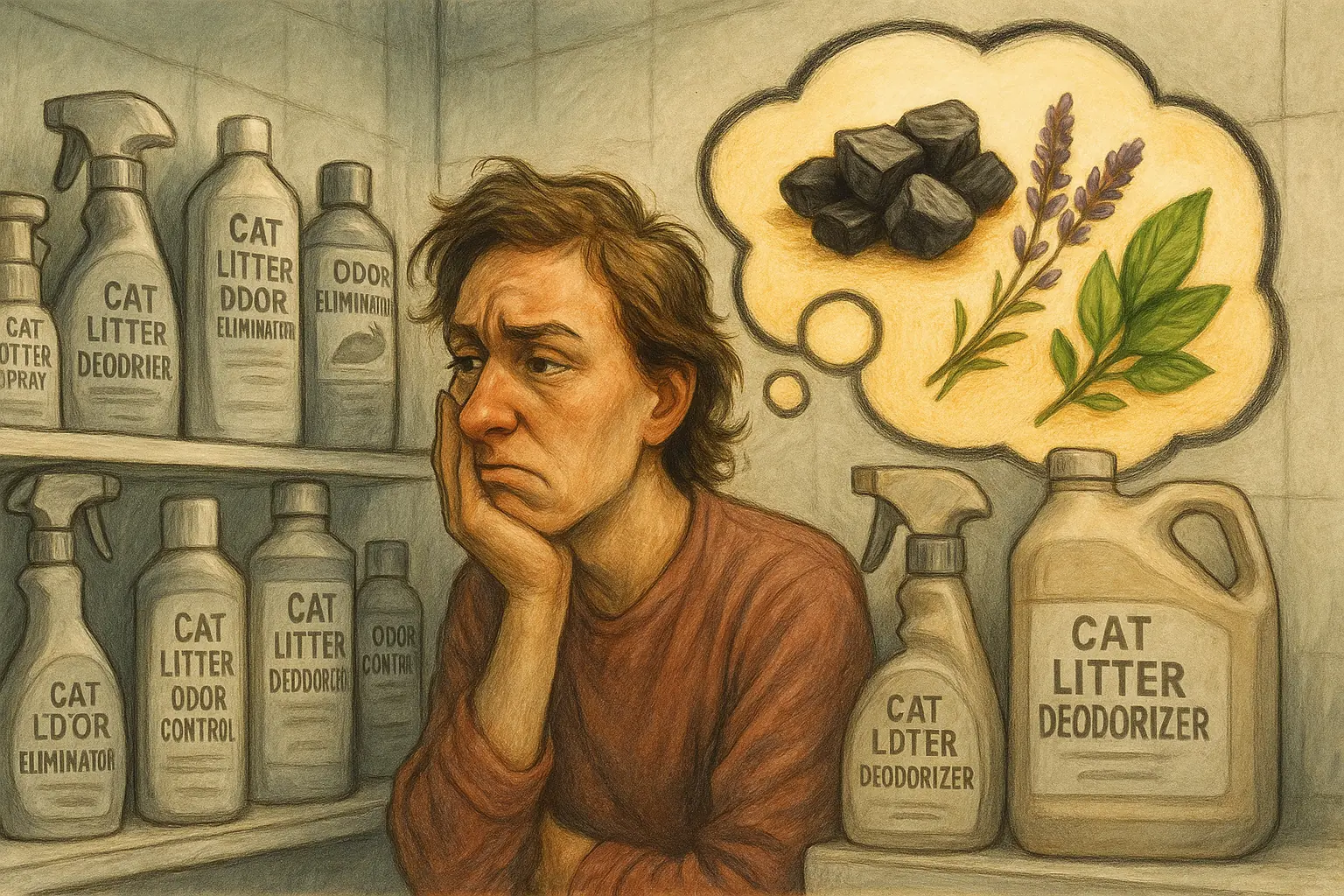
That pricey litter deodorizer promised miracles, but your nose still wrinkles? You are not alone. Many commercial products frustrate cat owners. Our analysis of user discussions shows these products often mask odors poorly. Some contain strong scents cats actively avoid. High price tags frequently accompany these disappointing results, a common complaint.
So, what do savvy cat parents do? They get inventive! Our analysis of countless user forums and review sections reveals a treasure trove of DIY deodorizing hacks. These are not just random ideas. These solutions are born from real-world trial, error, and shared community wisdom. This collective experimentation often uncovers what truly works.
Many owners also express concerns about the chemical cocktails in some store-bought products. They seek gentler, more natural ways to tackle persistent litter box odor. This desire for cat-friendly ingredients strongly motivates the DIY spirit. We will soon share some of the most effective, user-approved DIY strategies that go beyond just baking soda.
Activated Charcoal: The Unsung Hero of DIY Litter Odor Control (User Approved!)
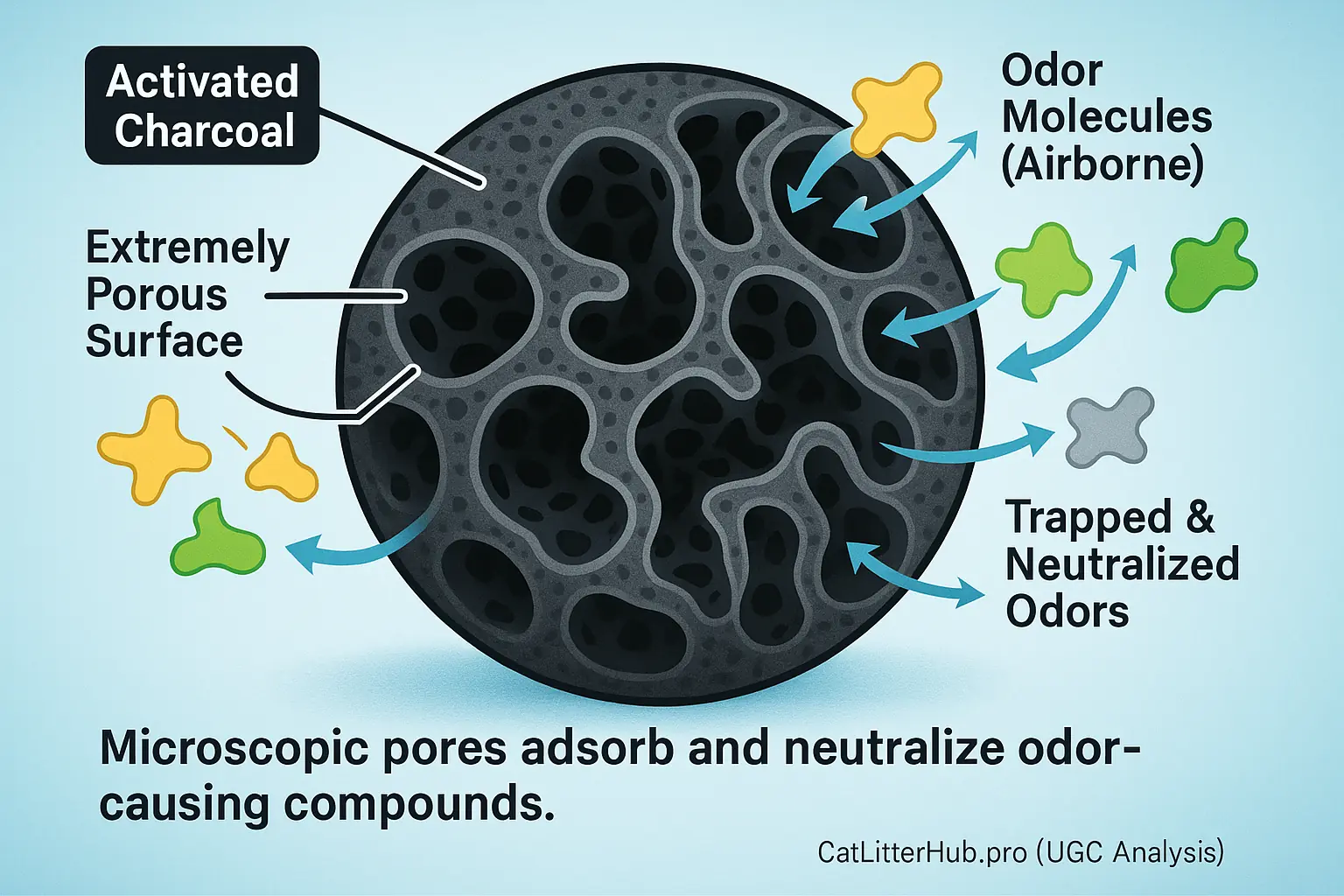
Ever heard of activated charcoal for your water filter? Turns out, it's a powerhouse for litter box odors too! Activated charcoal possesses incredible porosity. This structure creates countless tiny surfaces. These surfaces trap odor-causing molecules effectively, neutralizing smells at their source.
Cat owners in the know frequently praise its benefits. We've seen countless reports detailing successful charcoal use in litter areas. People add food-grade activated charcoal to their litter setups. The results are often fantastic. Users often describe a noticeable drop in ammonia smells, even in multi-cat homes, after incorporating charcoal.
Some folks mix a bit of charcoal powder or fine granules directly into unscented litter. Fine granules also work. Others prefer placing breathable sachets filled with charcoal near the box. This is a great tip if you don't want to darken your litter! User experiences highlight both methods' effectiveness for different preferences.
Safety is paramount here. Always use food-grade or pet-safe activated charcoal. This distinction is critical for your cat's well-being. Never, ever use charcoal briquettes meant for grilling. Those common briquettes contain toxic accelerants, dangerous for pets.
Herbal Harmony & Tea Power: Cat-Safe Botanicals for a Fresher Litter Box (UGC Secrets)
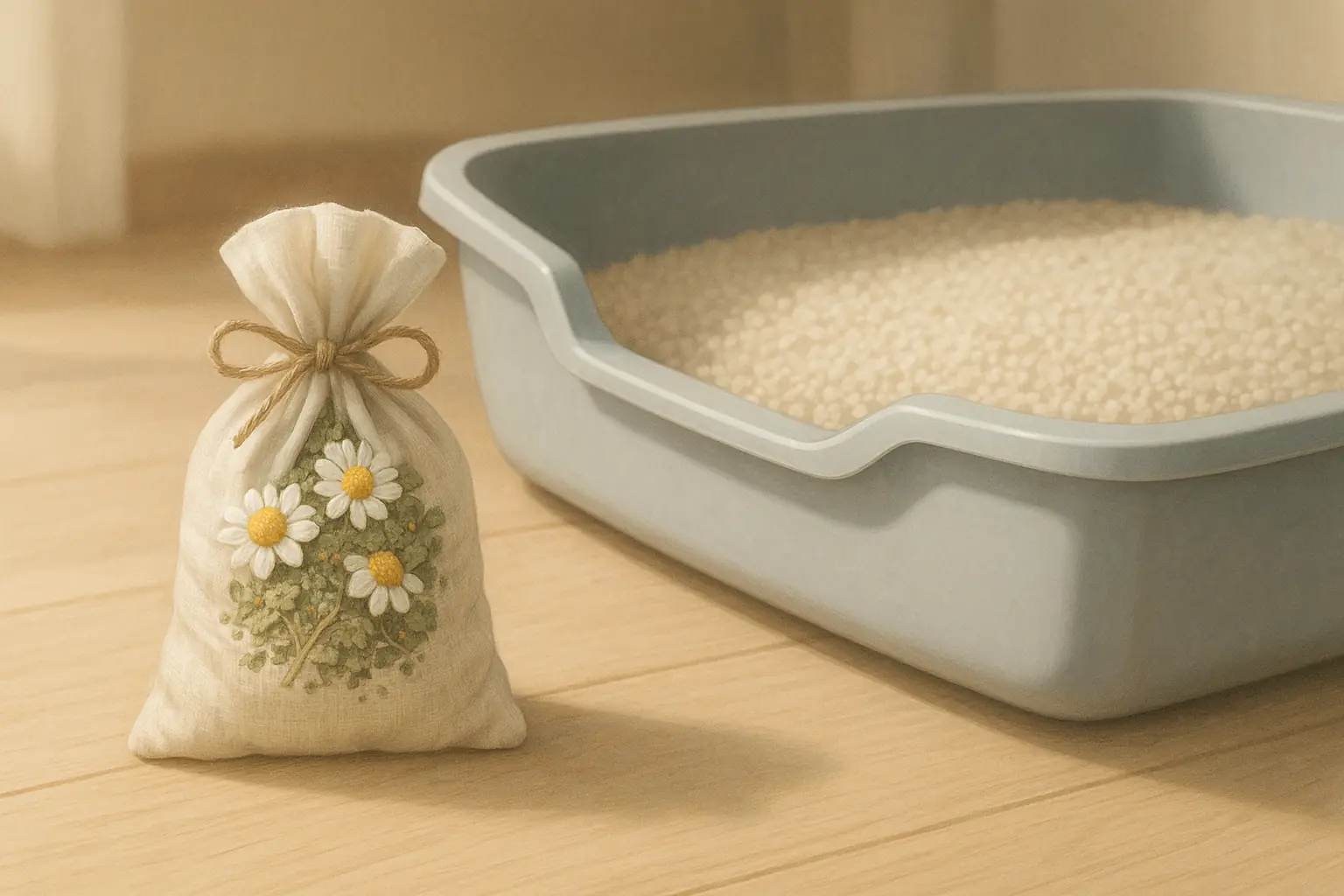
Some cat owners seek gentler litter box freshness. They experiment with dried herbs. Certain users even try tea leaves for a subtle change. This approach offers very mild scent improvement. It will not conquer powerful odor problems.
Users sometimes discuss cat-safe herbs. We've seen mentions of dried catnip. Chamomile appears in feedback too. A few owners use small amounts of dried lavender in breathable sachets. They place these near the litter area, not directly in the litter. Cat safety must be your absolute top priority. Many common herbs are dangerous for cats. Thorough research is vital before trying anything.
A surprising tip from the community involves green tea. Users sprinkle a few plain, used, thoroughly dried green tea leaves into litter. Some report a very mild deodorizing effect from this. The catch? Cats might nibble these additions. So, plain, unflavored tea only is essential. Observe your cat carefully for any unusual interest. This method is certainly not for serious odor battles.
With any botanical, user wisdom highlights golden rules. First, ensure it's completely non-toxic to cats. Introduce new scents very slowly, in tiny amounts. Watch closely for any signs of aversion or attempts to eat the material. Don't expect miracles from these gentle additions. They are subtle helpers. Not odor assassins.
DIY Deodorizer Ingredient Safety Check: Is It Cat-Friendly?
This checker offers a quick guide. It draws from common user experiences and general feline knowledge. Individual cat sensitivities vary wildly. This tool cannot cover every possibility.
The golden rule? When in doubt, always chat with your vet before introducing any new substance into your cat’s environment, DIY or otherwise. Their health is paramount.
Safety First! Critical Precautions for Any DIY Litter Deodorizer
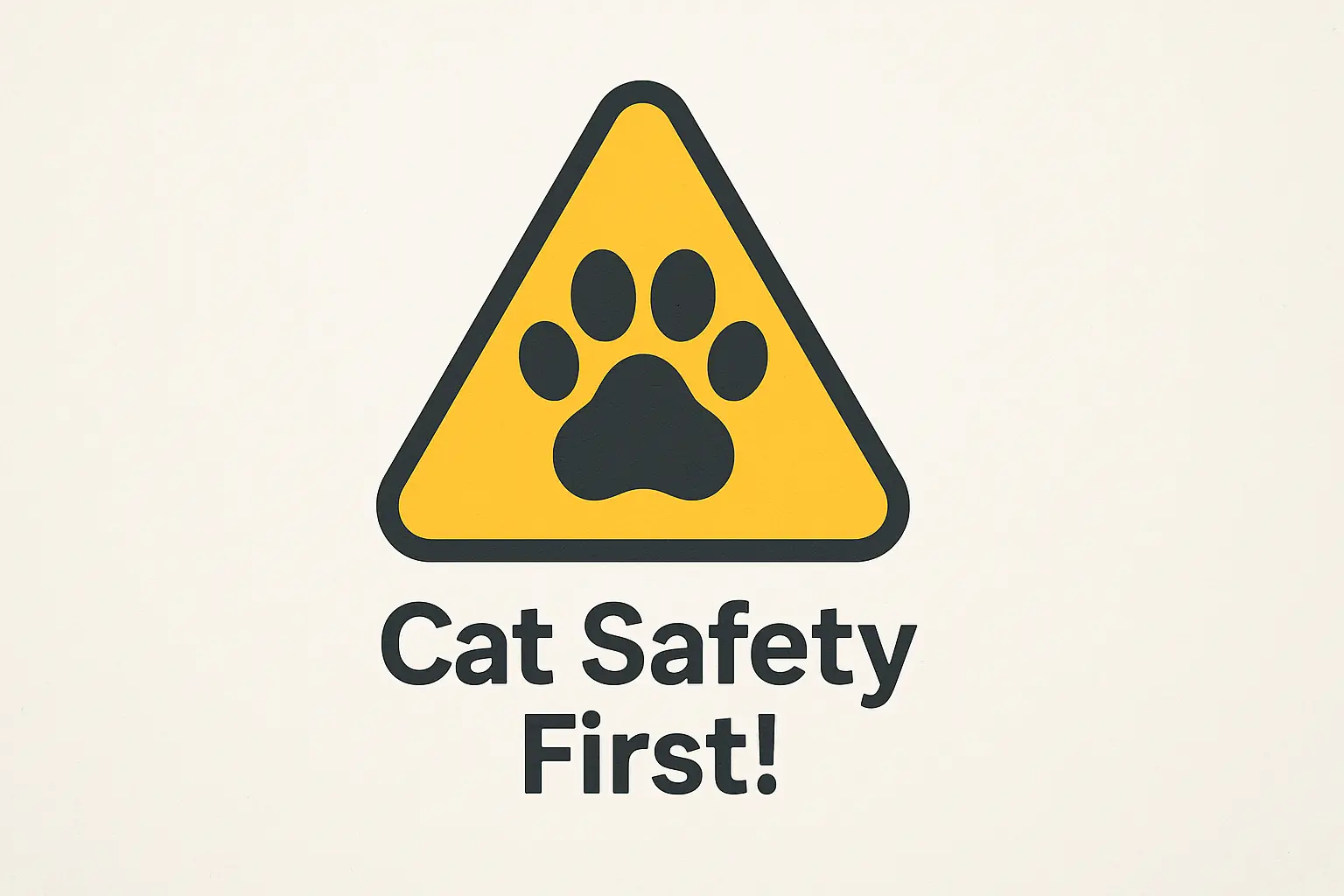
Your cat's safety trumps everything. It's easy to assume 'natural' means 'safe.' For felines, this assumption is a dangerous gamble. A cat's unique metabolism processes substances very differently than ours, making them vulnerable to common household items.
Seasoned owners consistently advise one golden rule. Introduce any new DIY deodorizer to the litter box incredibly slowly. A tiny pinch is the starting point. Watch your cat like a hawk for changes. Are they avoiding the box, sneezing, or showing any skin irritation? The collective experience of users urges immediate removal of the new substance if any adverse reaction occurs.
Ingredient sourcing demands your full attention. User reports highlight that not all 'activated charcoal' or 'baking soda' offers the same purity. Some 'natural' items can harbor pesticides or undisclosed additives harmful to cats. Extensive user feedback underscores a critical truth: what's safe for human consumption or contact might be toxic for your cat. Many essential oils, for instance, are well-documented feline toxins.
The ultimate safety net remains your veterinarian. While DIY deodorizers can seem appealing, consulting your vet before trying them is the most responsible action. A quick professional check offers peace of mind. User consensus strongly suggests this consultation prevents accidental harm. Your cat's health simply isn't worth a risky guess.

